Table of Contents
- Intro: Why Cinnamon Type Matters
- Ceylon Cinnamon Explained
- Korintje Cinnamon Profile
- Direct Comparison Breakdown
- Coumarin Content Reality Check
- Strategic Usage Guide
- Authenticity Verification Methods
- Health Implications Decoded
- Conclusion: Precision in Practice
- Frequently Asked Questions
Intro: Why Cinnamon Type Matters
Understanding cinnamon varieties is crucial for culinary precision and long-term wellness. Most grocery store "cinnamon" is actually cassia, creating a flavor and safety disconnect many consumers overlook. This analysis targets home chefs and health-aware individuals seeking to optimize both kitchen results and dietary safety through informed spice selection.
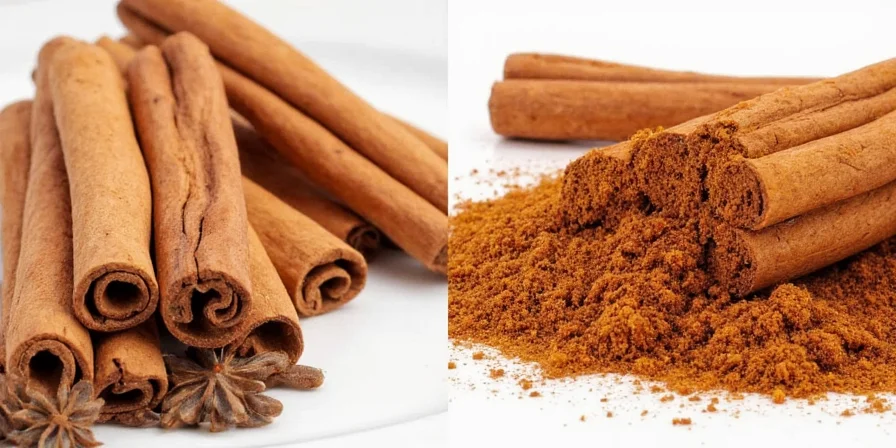
Ceylon Cinnamon Explained
Ceylon cinnamon (Cinnamomum verum) originates from Sri Lanka's coastal regions. Its distinctive quill structure forms multiple delicate layers when rolled, yielding a pale tan color and complex flavor profile with citrus notes. This variety's premium pricing reflects lower coumarin levels and harvesting challenges, making it ideal for daily consumption where subtle warmth is preferred over aggressive spice.
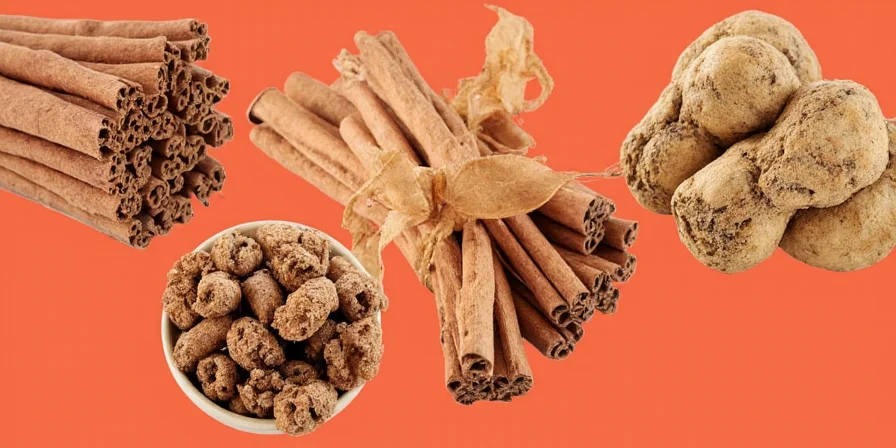
Korintje Cinnamon Profile
Korintje (Cinnamomum burmannii) dominates 90% of North American markets as an Indonesian cassia variant. Its single thick bark layer creates rigid, dark-brown sticks with intense heat and bitterness. This economic alternative delivers powerful flavor retention in baked goods but requires consumption moderation due to naturally occurring compounds. Its agricultural efficiency explains supermarket prevalence despite sensory differences from true cinnamon.
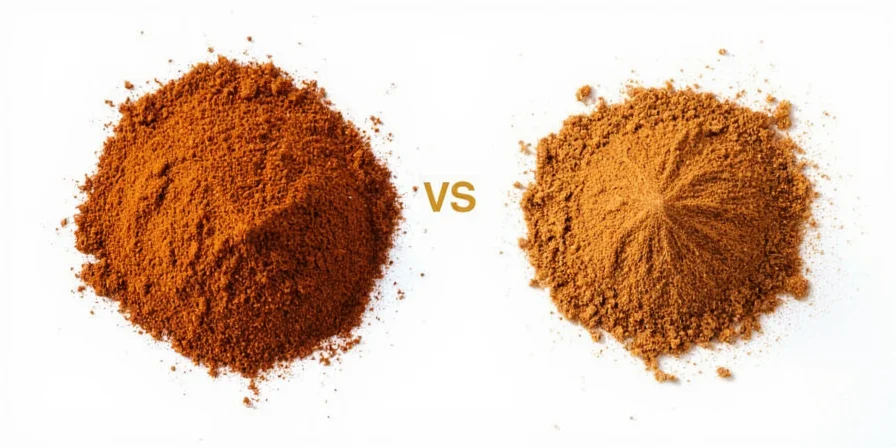
Direct Comparison Breakdown
Key differentiators impact both culinary applications and dietary planning:
| Characteristic | Ceylon Cinnamon | Korintje Cinnamon |
|---|---|---|
| Botanical Source | Cinnamomum verum | Cinnamomum burmannii |
| Physical Structure | Multiple thin, papery layers | Single thick, rigid layer |
| Flavor Signature | Delicate, sweet, citrus-forward | Intense, spicy, slightly bitter |
| Coumarin Concentration | 0.017g/kg (negligible) | 2.9-6.6g/kg (significant) |
| Optimal Culinary Use | Cold applications, delicate desserts | High-heat baking, robust dishes |
Coumarin Content Reality Check
Coumarin occurs naturally in cassia varieties including Korintje. While harmless in small quantities, daily intake exceeding 0.1mg per kilogram of body weight may impact liver function over time. For a 68kg adult, this translates to approximately 1 teaspoon (2.5g) of Korintje daily as the practical upper limit. Ceylon's near-zero coumarin makes it preferable for regular use in beverages or daily supplements without dosage concerns.
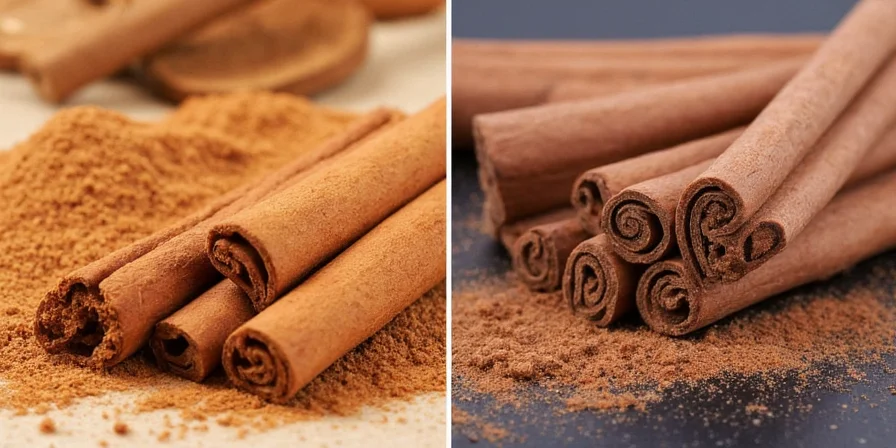
Strategic Usage Guide
Maximize flavor and safety through context-aware selection:
- Choose Ceylon when:
- Preparing cold beverages like iced chai or smoothies
- Creating subtle-flavored desserts (panna cotta, rice pudding)
- Daily use is anticipated (oatmeal, coffee, yogurt)
- Cultural authenticity matters (Sri Lankan or Portuguese recipes)
- Opt for Korintje when:
- Baking requires spice stability (cinnamon rolls, apple pie)
- Developing complex savory profiles (mole sauces, tagines)
- Cost constraints exist for large-batch cooking
- Short-term usage aligns with safety thresholds
Technical Insight: Flavor Compound Stability
Cinnamaldehyde (cinnamon's primary flavor compound) degrades at 170°C. Korintje's higher concentration (65-80%) withstands baking temperatures better than Ceylon (50-65%), explaining its baking superiority despite textural differences.
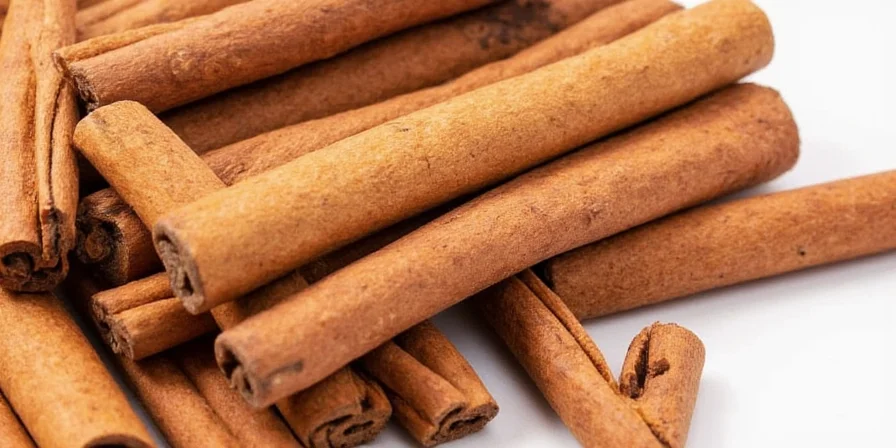
Authenticity Verification Methods
Combat mislabeling with these verification techniques:
- Texture Assessment: Ceylon crumbles easily between fingers; Korintje requires significant force to break
- Stick Inspection: Ceylon forms concentric tubes; Korintje appears as solid bark segments
- Water Reaction: True cinnamon releases visible oils within 2 minutes of water exposure
- Grind Fresh: Pre-ground versions obscure origin - whole sticks maintain identity longer
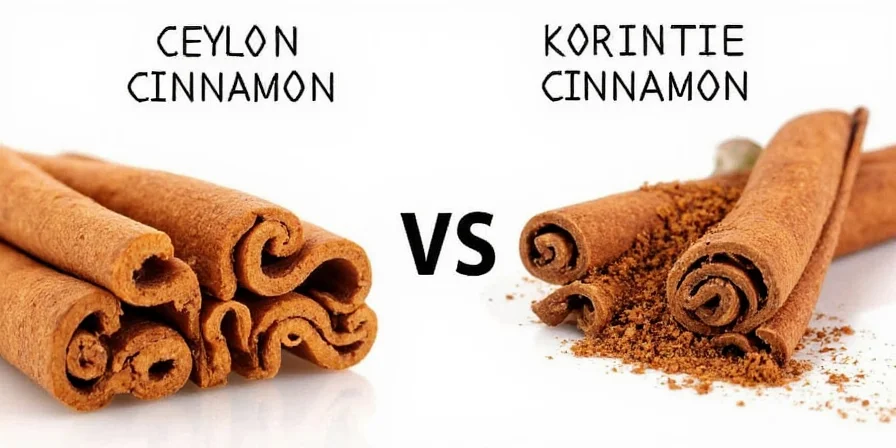
Health Implications Decoded
Both varieties offer antioxidant benefits, but consumption strategy determines safety outcomes:
- Ceylon provides consistent daily benefits without dosage limits due to minimal coumarin
- Korintje requires strict portion control - exceeding 2.5g daily for extended periods risks cumulative effects
- Thermal processing reduces coumarin bioavailability by 30-40%, making baked applications safer
- Individual sensitivity varies - those with liver conditions should prioritize Ceylon
Flavor intensity shouldn't dictate usage frequency. Strategic rotation between varieties optimizes both culinary experience and physiological safety.
Conclusion: Precision in Practice
Treating all cinnamon as interchangeable ignores critical distinctions affecting both taste and wellbeing. Ceylon's nuanced profile serves daily applications where subtlety matters, while Korintje's intensity excels in specific culinary contexts requiring spice resilience. By matching variety to application and respecting biological limits, home chefs gain control over outcomes that supermarket labels obscure. This isn't about superiority - it's about precision.
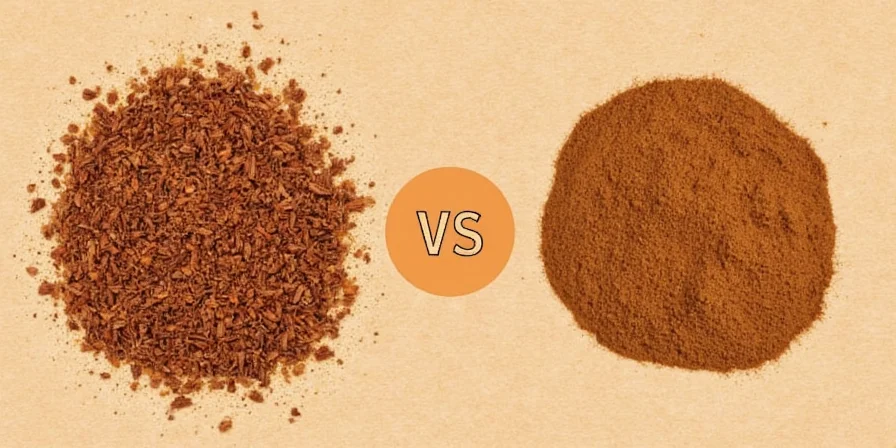
Frequently Asked Questions
- Ceylon suits daily use in cold applications; Korintje excels in baking
- Coumarin limits make variety rotation essential for regular consumers
- Physical tests beat label claims for authenticity verification
- Flavor strategy requires understanding compound stability thresholds

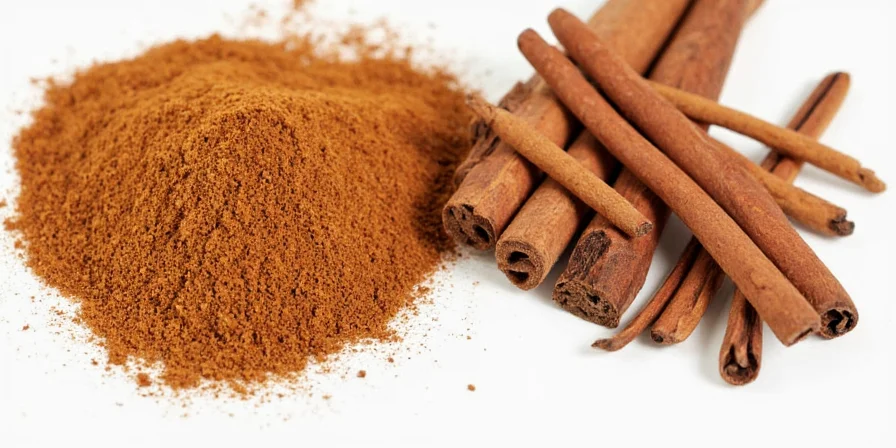









 浙公网安备
33010002000092号
浙公网安备
33010002000092号 浙B2-20120091-4
浙B2-20120091-4